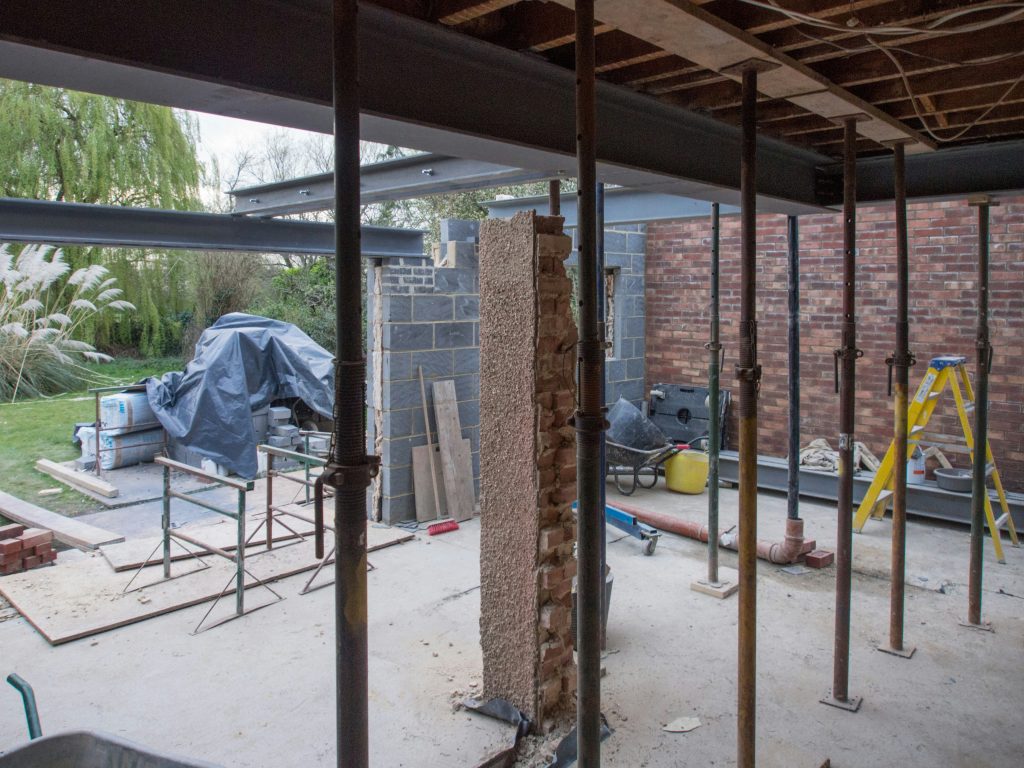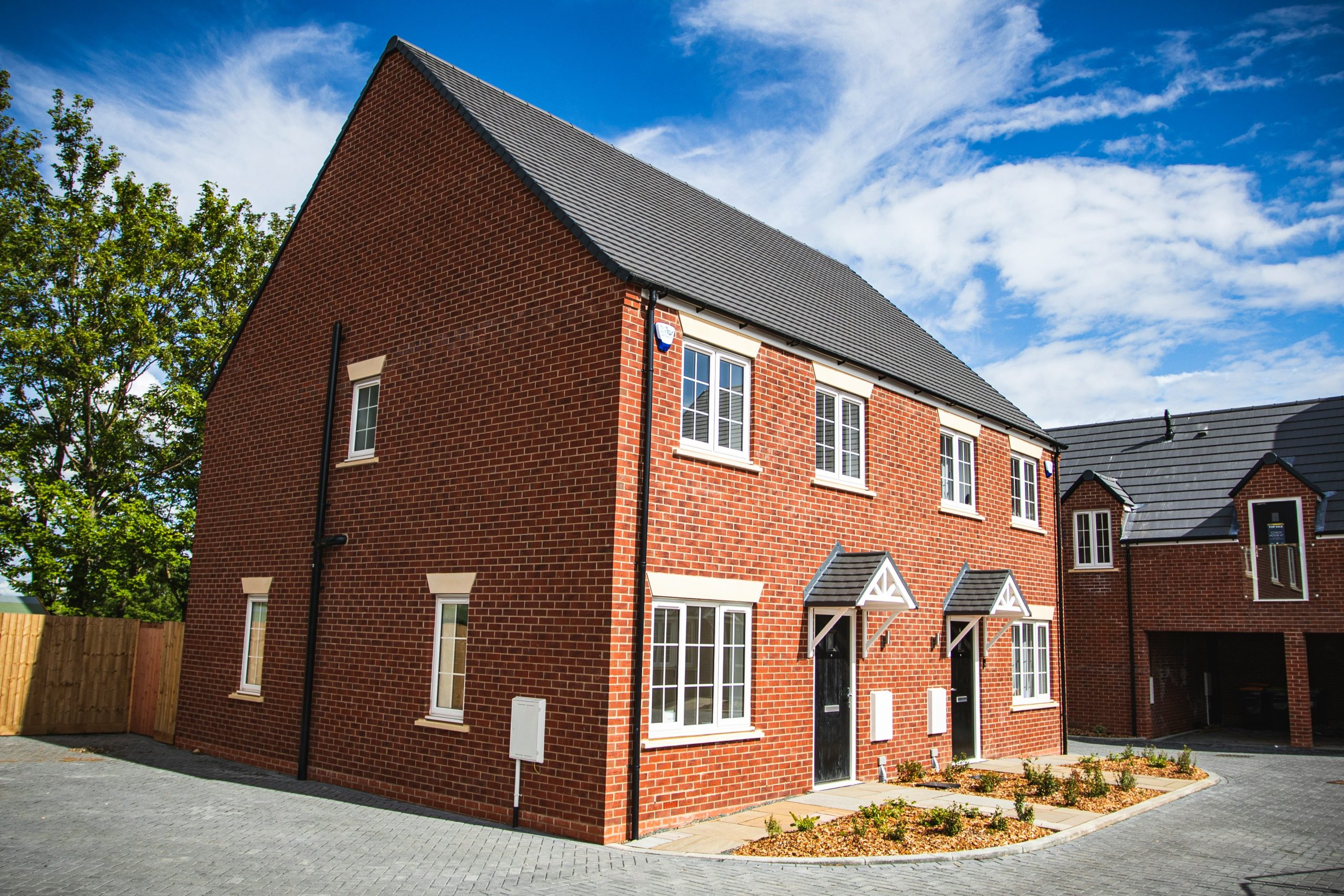
Planning & Building Regulation Compliance Services
At Build Envelope, we offer a comprehensive suite of services to ensure your residential and commercial developments achieve compliance.
Air Tightness Testing | Sound Insulation Testing | Ventilation Flow Rate Testing | SAP Calculations | Overheating Assessments | Water Calculations | Energy Statements
We aim to be your trusted partner in navigating the complex requirements, in addition to being dedicated to helping you reduce costs.
Request a Compliance Service
Trusted Expertise In Meeting Compliance
With our in-depth knowledge of the latest regulations and best practices, we'll work closely with you to navigate the compliance process smoothly and ensure your building meets or exceeds all energy efficiency standards. Contact us today to learn more about how our energy consulting services can benefit your project.


As Built Services
Our wide range of as built compliance services ensure you have one point of contact throughought the completion stage of your commercial and residential project.
View Our ServicesDesign & Planning
Our experienced energy consultants are here to guide you through the complex world of building regulations and energy efficiency requirements. We offer a comprehensive suite of services to ensure your project meets all necessary compliance standards:
View Our Services




SAP Calculations
Obtaining an accurate SAP (Standard Assessment Procedure) rating is a critical step in demonstrating the energy performance of your building. Our experts will conduct detailed SAP calculations to determine your property's energy efficiency, carbon emissions, and compliance with Part L of the Building Regulations.
Request a SAP CalculationGet in Touch
Don't let energy compliance challenges hold you back. Partner with us and acheive the benefits of a more energy-efficient, compliant, and cost-effective building. Contact us today to see how we can help.





